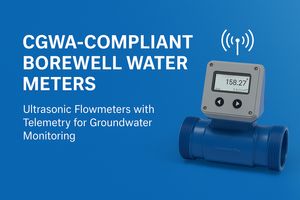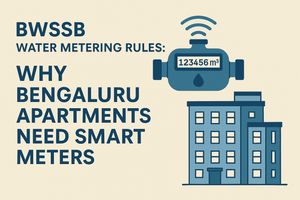2025-01-15
•

Rain gauges are used to measure the amount of precipitation (rain or snow) that has fallen in an area during a specified amount of time. The earliest written proof of ancient farming societies using rain-gauges comes from 4th century BCE India, where Chanakya’s Arth shastra states “In (front of) the store-house a bowl (kunda) with its mouth as wide as an aratni (24 angulag) shall be set up as rain-gauge (varshamána).”
Laer on, the Superintendent of Agriculture is asked to “sow the seeds which require either more or less water” after giving specific measurement requirements.
The measured rainfall is also mentioned in Palestinian Mishnah, proving that there was a method of calculating precipitation over a time in other parts of the world as well. Chinese methods of measuring rainfall are documented from 11th century CE, and some later Korean instruments are preserved to the current era.
Rainfall data is very important for agriculture. If there is little or no rain for months, it can denote drought in a wider area, and alternate plans for irrigation needs to be made at a regional level, lest the crops die. Excessive rainfall data can indicate flooding which will also have an impact on agriculture. An early warning can help prepare means to mitigate the effects. If nearby rain gauges report high rainfall data, it could be a hint that heavy rainfall can be expected in the path of the monsoon. In hilly terrains, heavy rainfall can lead to landslides and an early warning can help save lives and property.
World over, many types of rain gauges are currently in use, from tipping bucket and floating funnel types to optical rain gauges. Some require manual reading, some are automated, some are for difficult terrains, some record instantaneous rainfall data while some report average rainfall over a period, and so on. In all cases, accurate rain measurement is required for agriculture, hydrology and meteorology and weather forecast.
With the advent of Internet of Things recording and analysing the data from rain gauges in remote locations becomes easier. At Aegir, the smart rain gauge powered by solar is suitable for all terrains, which can accurately send data once installed. Aegir rain-gauge can operate at remote locations, purely on solar power. Water is measured and flushed automatically, and the data is sent through Wi-Fi or mobile network depending on terrain to a cloud-based system. The rainfall data is provided for free for anyone who will benefit from it. This data can save lives, help plan storages and overall help governments and citizens to manage precious water better.
References:

2025-05-05

2025-04-21